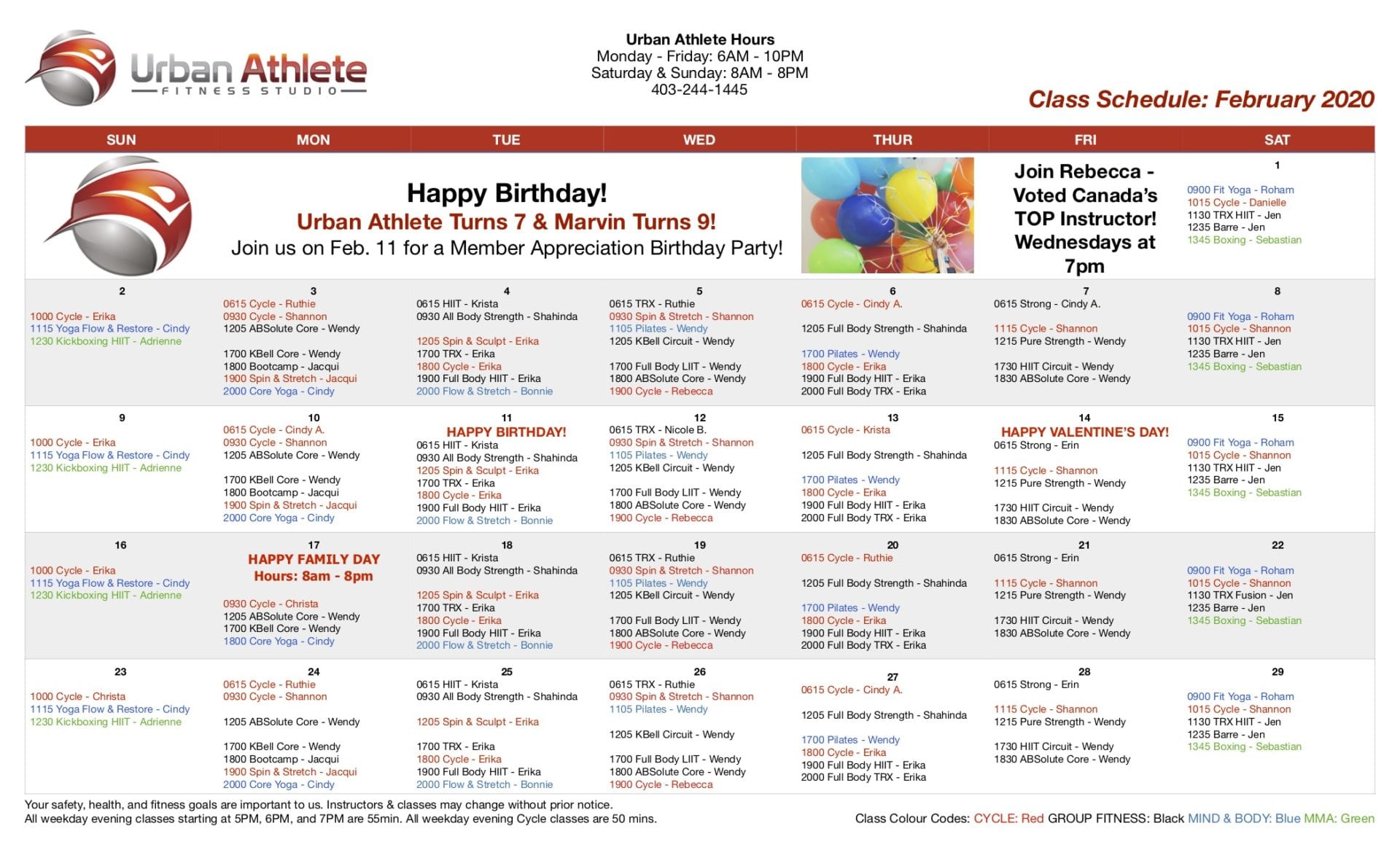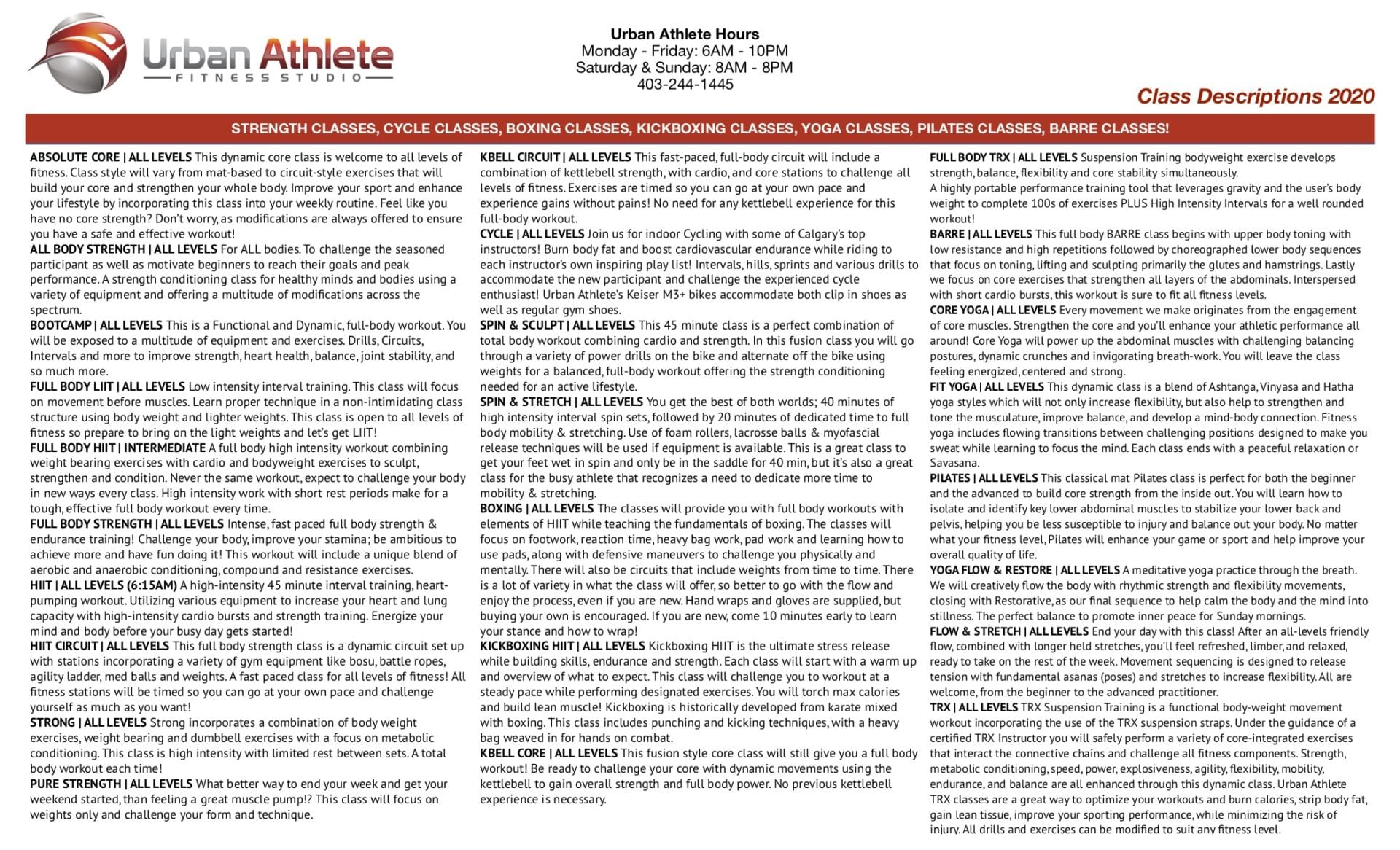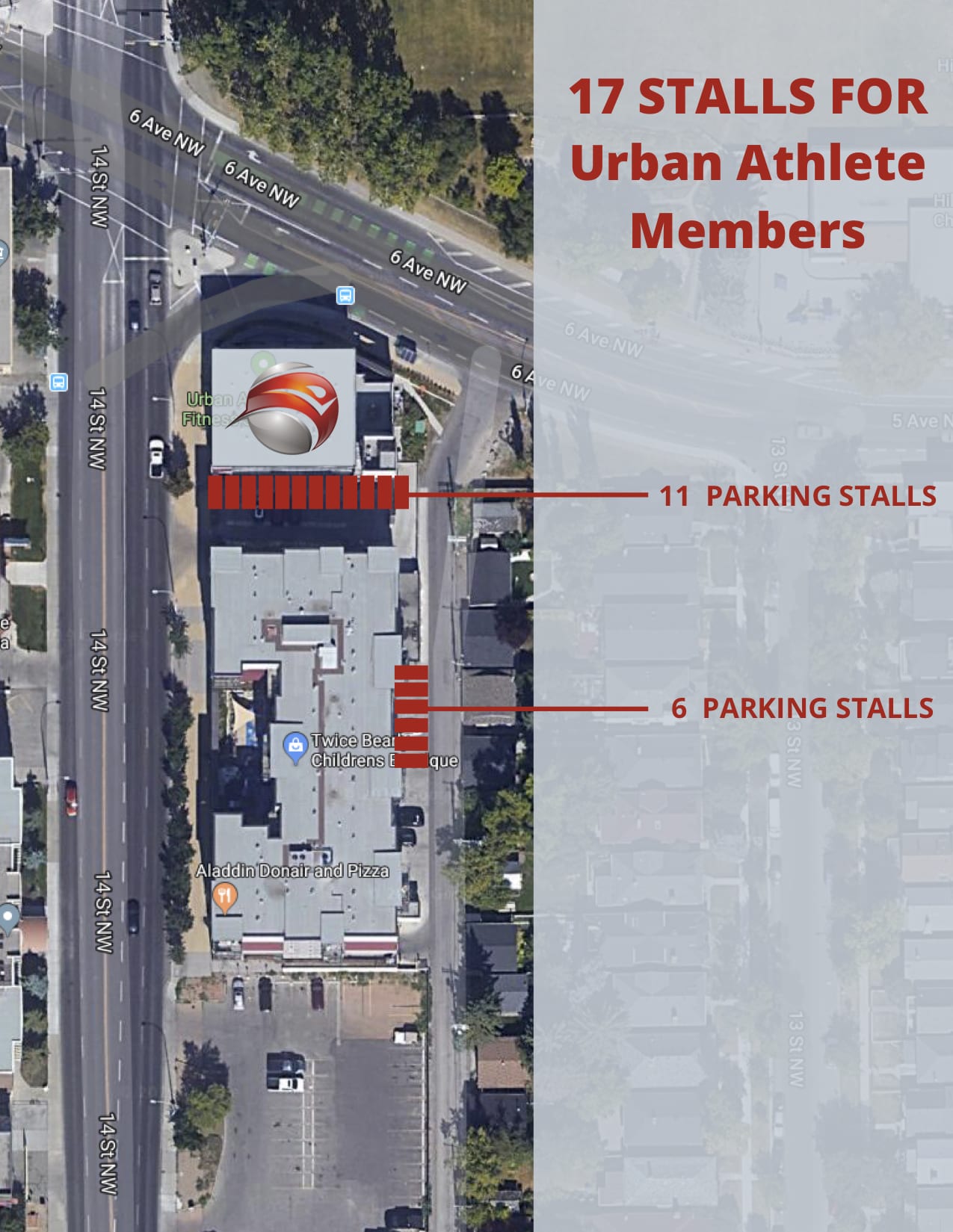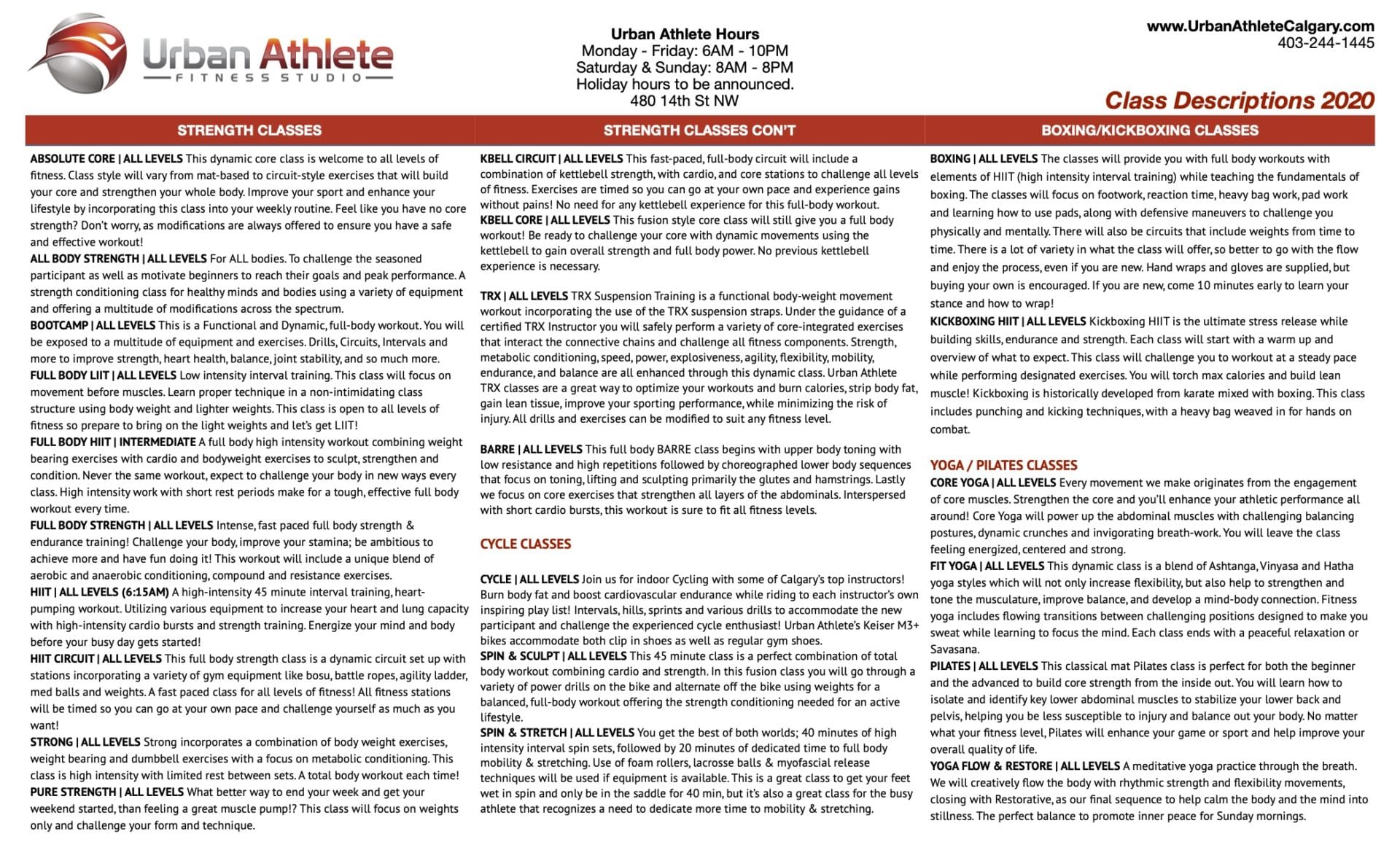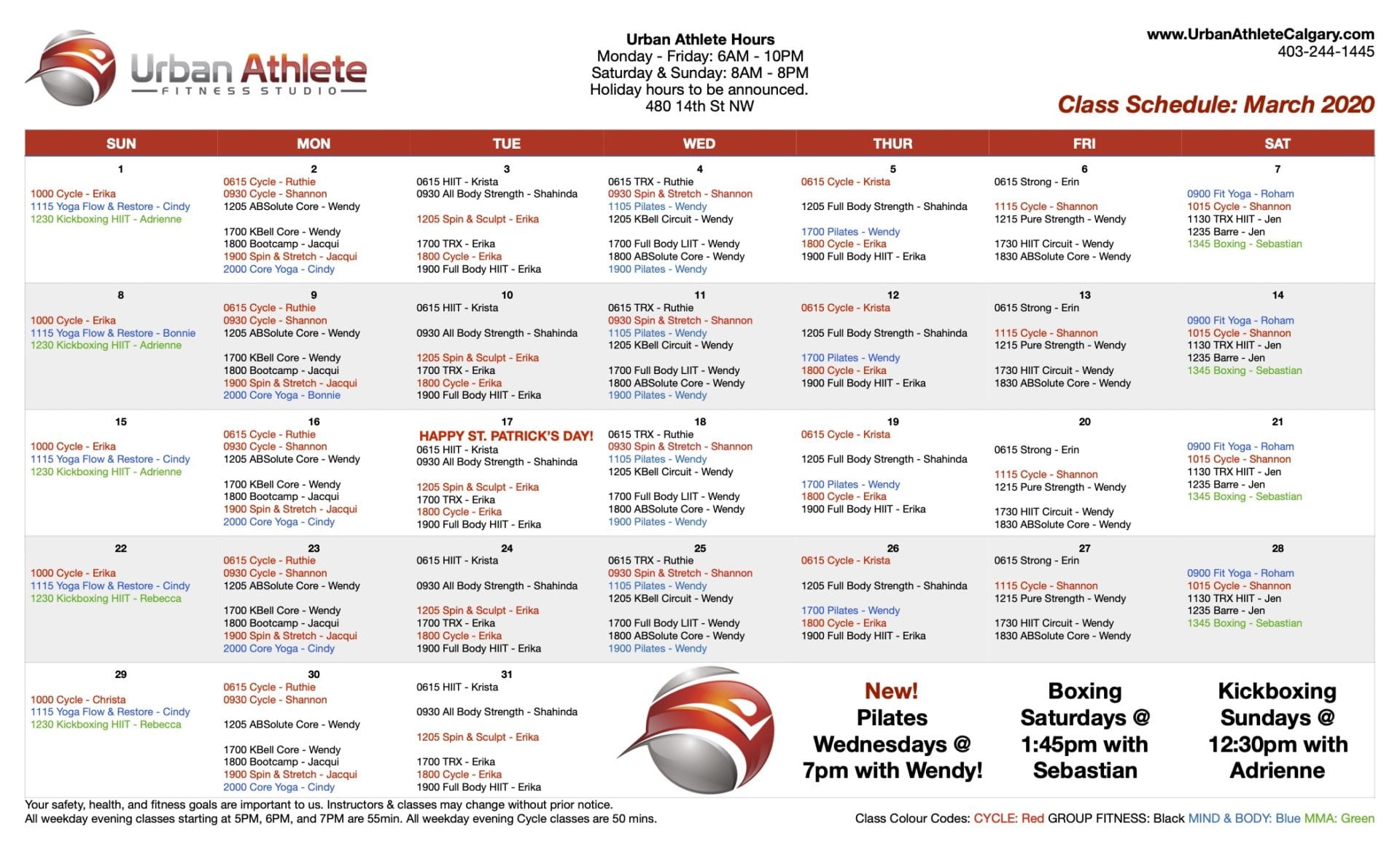Making a lasting change, a lasting physical transformation doesn’t have to be complex. It doesn’t even need to be confusing.
There are only 3 things we need to focus on to make a dramatic physical changes for the better. Whether your fitness goals include reducing body fat, building or toning muscle, improving fitness and cardiovascular capacity, rehabilitating injuries or just to live a healthier lifestyle, these 3 things are the pillars that form lasting success.
Pillar 1 – Exercise
Exercise is a catalyst that can create massive changes in our bodies. Yes exercise burns calories and it causes stress within the muscles that causes them to get stronger. But it’s bigger than that. Exercise is the stimulus that forces the body to adapt on so many levels. It creates efficiencies and improvement to the body’s proprioceptive capacities. It impacts and improves the body’s processes such as circulation, respiration and even digestion. The hormonal cascade that occurs following even short bursts of intense exercise impact the body for hours after (think endogenous growth hormone for one – the body’s fountain of youth). Catabolic / stress hormones are dissipated, insulin sensitivity is increased and blood sugar levels are balanced and controlled. The body’s joints and connective tissue are strengthened. The list is nearly endless.
Paradoxically, it’s often times of stress and uncertainty that we tend to let our focus on our exercise (and health in general) wane. However times of stress are when we need our exercise the most! The damaging effects of stress on the body are far reaching and exercise is the best way to dissipate these stress hormones once released into the body.
The amount of exercise depends on individual goals however massive changes in body fat levels, muscle and overall health can be made with just 3, 30 – 45 minute workout sessions per week.
So how to exercise? What’s best? The really great thing about exercise is there’s more than one right answer. You’re choice of exercises and training format should of course match your individual goals, however safely challenging yourself is probably one of the most important factors. Adequate intensity is the stimulus that causes adaptation by the body. If the body is able to easily complete all tasks asked of it, there is no need for it to change. Continuing to challenge the body in a safe, progressive manner is the catalyst that causes the body to continually adapt and improve.
In our “Life Changing Circuits” blog post, I’ve detailed how to build your very own full body circuit to shred body fat, tone muscle, improve overall cardiovascular capacity and have your energy levels soaring. But for now, let’s move on to Pillar 2…
Pillar 2 – Nutrition
Did you know that nutrition has as big an impact on body fat loss, muscle gain and overall health as exercise? In terms of significance to your fitness goals, exercise and proper nutrition are 50 / 50. Exercise is your stimulus, nutrition – your building blocks.
When the 2 are not in balance, they can often appear to negate one another and this is certainly true for both body fat loss and building / toning lean muscle. A person can expend great efforts in the gym and see little in terms of change if their nutrition is off course.
As the saying goes “you can’t out train a bad diet”…
However, when your exercise program and healthy nutrition program are in sync, there is virtually nothing standing in the way of huge progress. If there’s stimulus through exercise and a controlled, balanced diet – the changes can be remarkable.
Here’s some tips to start you in the right direction:
- Eat small regular meals throughout the day, 4-6 times ideally. This will naturally help you control portion size as you won’t be overly hungry when going for your next meal.
- Don’t skip breakfast! (For a couple of great breakfast shake recipes click here!)
- Remove processed foods from your diet.
- Where possible choose organic foods.
- Choose foods that are in a more natural / original state. They have less calories and more nutrients than their processed counterparts. Think whole organic yams instead of yam fries or fresh organic chicken breast instead of processed alternatives like chicken fingers or nuggets as an easy example.
- Eat lots of green, fibrous (preferably organic) vegetables.
- Add raw, monounsaturated or polyunsaturated fatty acids to your diet 2-3 times per day (like olive oil and an EFA blend oil).
- Where possible make your meals at home and bring them with you vs. take out or dining out. You’ll have better control over what goes in your food, portion sizes and macronutrient profile.
- Watch excess alcohol consumption.
Probably one of the more important things to remember about healthy eating is to be consistent. Whether it’s avoiding certain foods, eating smaller & more frequent meals or even just packing your lunch – forming a regular habit or routine makes all the difference.
Pillar 3 – Recovery
As amazing a machine as the body is, it still does have its limits. And one of those limits is the ability to recover and regenerate.
Consider this. When you’re in the gym you’re not building muscle. You’re breaking it down.
Following a workout, when we are eating, sleeping and resting – that’s when our bodies rebuild and repair. Each time coming back a bit stronger and with a slightly increased capacity for exertion than before.
However, when we train too frequently, when we don’t allow for adequate repair and regeneration before training again, we can slip into a state known as overtraining.
Overtraining occurs when our bodies (or specific muscle groups thereof) aren’t given enough time to fully repair or regenerate from the breakdown of a workout before being broken down further.
Often when a person describes hitting a ‘plateau’, they have actually reached an over trained state. The body’s limited regenerative capacity is overwhelmed and progress is halted.
Some common symptoms of overtraining are halted progress, chronic muscle soreness, fatigue, disruption of sleep, frequent colds, loss of concentration / motivation and frequent injuries.
The recovery cycle can’t be avoided, however it can be influenced. Here are some tips to avoid overtraining and maximize your recovery.
- Allow 48 hours between workouts for the same muscle group. Avoid training the same muscle with weights 2 days in a row.
- Avoid intense exercise of a muscle that is still sore. Soreness is a sign this muscle is still repairing and an intense workout will disrupt recovery and break down the muscle further.
- Try to keep a regular sleep time and try to get at least 7- 8 hours of sleep per night.
- Try stretching or light yoga on non-training days.
- If you are training heavy weights and are still sore after 48 hours of recovery, train the sore muscle with a light weight (no more than30 – 40% of your regular working weight) in the 10 – 15 rep range. Use a moderate to lower level of intensity. This will increase blood flow to the recovering muscles and slingshot recovery PROVIDED the weight is not heavy enough to cause additional breakdown of the muscle.
- Eat 4 – 6 times per day and ensure you are consuming adequate protein.
- Avoid stress!
Putting it all together
Exercise. Nutrition. Recovery. It really is that easy. If we incorporate all 3 pillars into our weekly routine, we’re controlling all the variables. Nothing’s left to chance!

